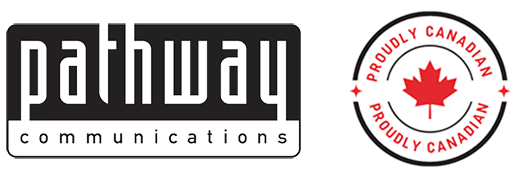Migrating to Windows 11 isn’t as simple as pressing “update.” Not every device will make the cut, and not every application will run seamlessly. That’s why assessing your devices is essential. Think of it as a health check for your IT environment: what’s fit to move forward, what needs a little work, and what’s holding you back.
In this guide, we’ll walk through how to assess if your devices are ready for Windows 11 and how you can avoid last-minute chaos by getting started today.
Step 1: Review Microsoft’s Minimum System Requirements
At the foundation of readiness are Microsoft’s minimum requirements. Devices must meet these specs to even install Windows 11:
- Processor: 1GHz or faster with at least 2 cores on a compatible 64-bit CPU
- RAM: 4 GB or more
- Storage: 64 GB or larger
- System firmware: UEFI, Secure Boot capable
- TPM: Trusted Platform Module version 2.0
- Graphics: DirectX 12 compatible graphics / WDDM 2.x
- Display: 9” or larger, with HD resolution (720p)
While these are “minimum” requirements, businesses should aim higher. Running on bare minimum specs may technically work, but performance bottlenecks can impact productivity.
Step 2: Use the PC Health Check Tool
Microsoft provides the PC Health Check Tool, which scans your device and gives a clear “yes” or “no” for Windows 11 compatibility.
- A green checkmark means the device meets requirements.
- A red “X” highlights what’s missing (e.g., TPM disabled in BIOS, unsupported CPU, insufficient storage).
Pro tip: Sometimes, it’s not the hardware itself, but settings. For example, TPM 2.0 or Secure Boot might be present but disabled.
Step 3: Evaluate Your Application Compatibility
Even if your hardware passes the test, applications can be a sticking point. Legacy or custom-built software may not run smoothly on Windows 11.
Steps to check:
- Make a list of business-critical applications.
- Check vendor websites for Windows 11 support.
- Test legacy apps in a controlled pilot environment.
If apps aren’t compatible, you may need updates, patches, or in some cases, replacements.
Step 4: Take Inventory of All Devices
Businesses usually own variety of devices like laptops, desktops, tablets, even kiosks and remote endpoints. Missing one can create a weak link.
A full inventory should include:
- Hardware specifications (CPU, RAM, storage, TPM status)
- Current OS versions
- Peripheral devices (printers, scanners, specialized hardware)
- Network-connected devices
This creates a clear roadmap of what’s upgrade-ready and what needs attention.
Step 5: Don’t Forget About Security & Compliance
For regulated industries like finance, healthcare, and government, readiness isn’t just technical. It’s compliance-driven. Unsupported systems could expose you to GDPR, HIPAA, or PCI DSS violations.
An honest readiness assessment helps ensure:
- Your devices align with Zero Trust security models.
- Encryption, access control, and compliance standards are in place.
- No unsupported endpoints become a backdoor for attackers.
Step 6: Plan for Upgrades or Refreshes
Once the assessment is complete, categorize your devices into three groups:
- Ready to upgrade: No changes needed, just migrate.
- Needs upgrades: Hardware tweaks (RAM, storage, BIOS updates, enabling TPM).
- Replacement required: Outdated CPUs or incompatible systems.
This classification helps spread costs over time and avoid last-minute budget spikes.
The Pathway Advantage: Windows 11 Readiness Made Simple For You
While these steps are clear, the reality is that many SMBs don’t have the time, resources, or expertise to run detailed readiness assessments across hundreds of devices. That’s where an MSP like Pathway Communications steps in.
With over 30 years of IT expertise, Pathway makes Windows 11 migration—and readiness—smooth and secure. We help you:
- Run comprehensive device compatibility assessments
- Map your IT environment with full hardware and application inventory
- Identify risks early, from legacy apps to missing security features
- Provide tailored migration roadmaps with phased rollouts
- Deliver post-upgrade support to keep your team productive
Assessing your devices now is the single most important step to prepare for Windows 11. The longer you wait, the higher the risk of disruption, compliance gaps, and unnecessary costs.
Ready to see if your devices are prepared? Let Pathway do the heavy lifting. Contact us today for a Windows 11 Readiness Assessment and Migration and start your journey toward a seamless, secure migration.
📞 416-214-6363
📧 sales@pathcom.com
🔗 www.pathcom.com


